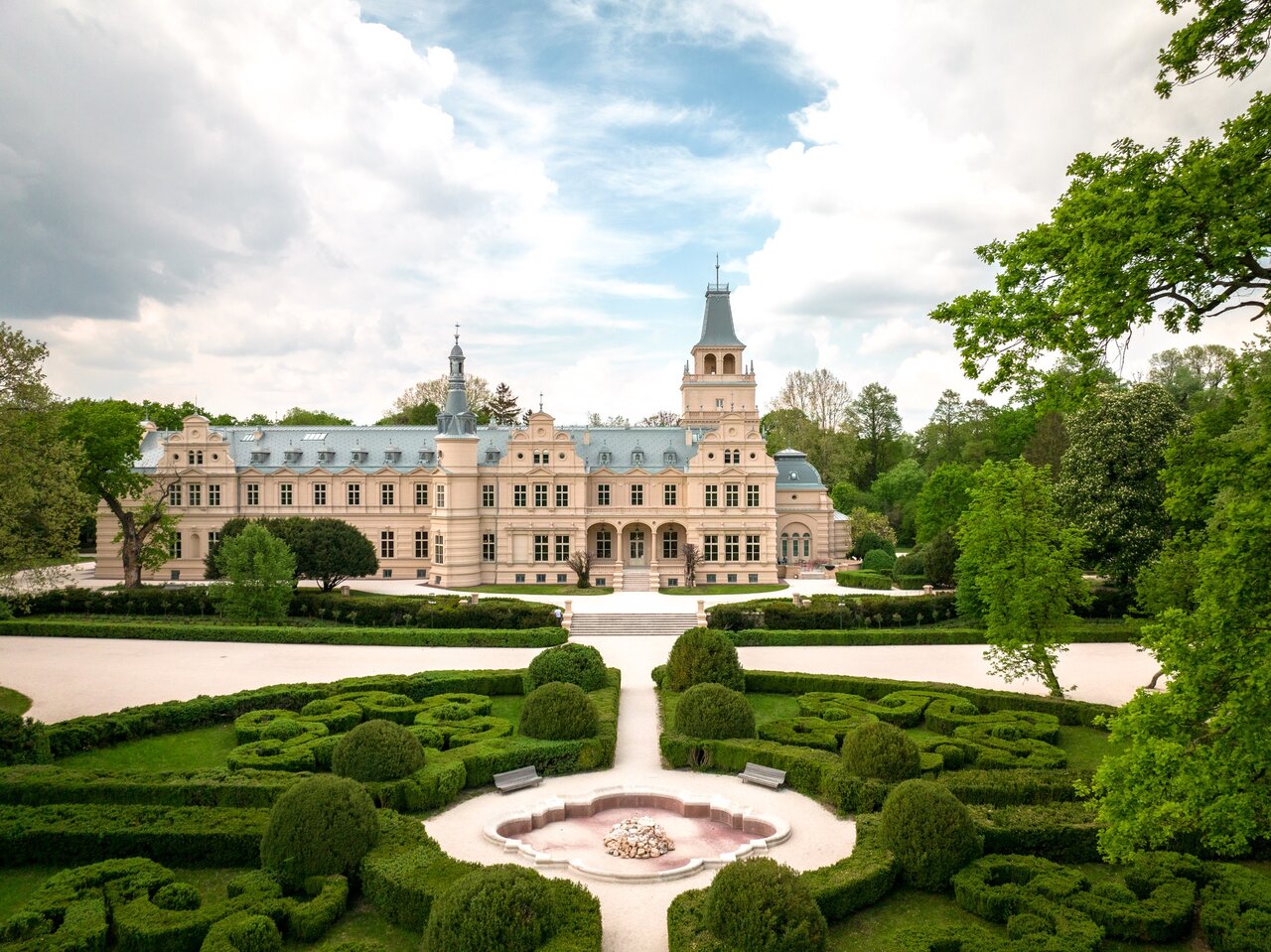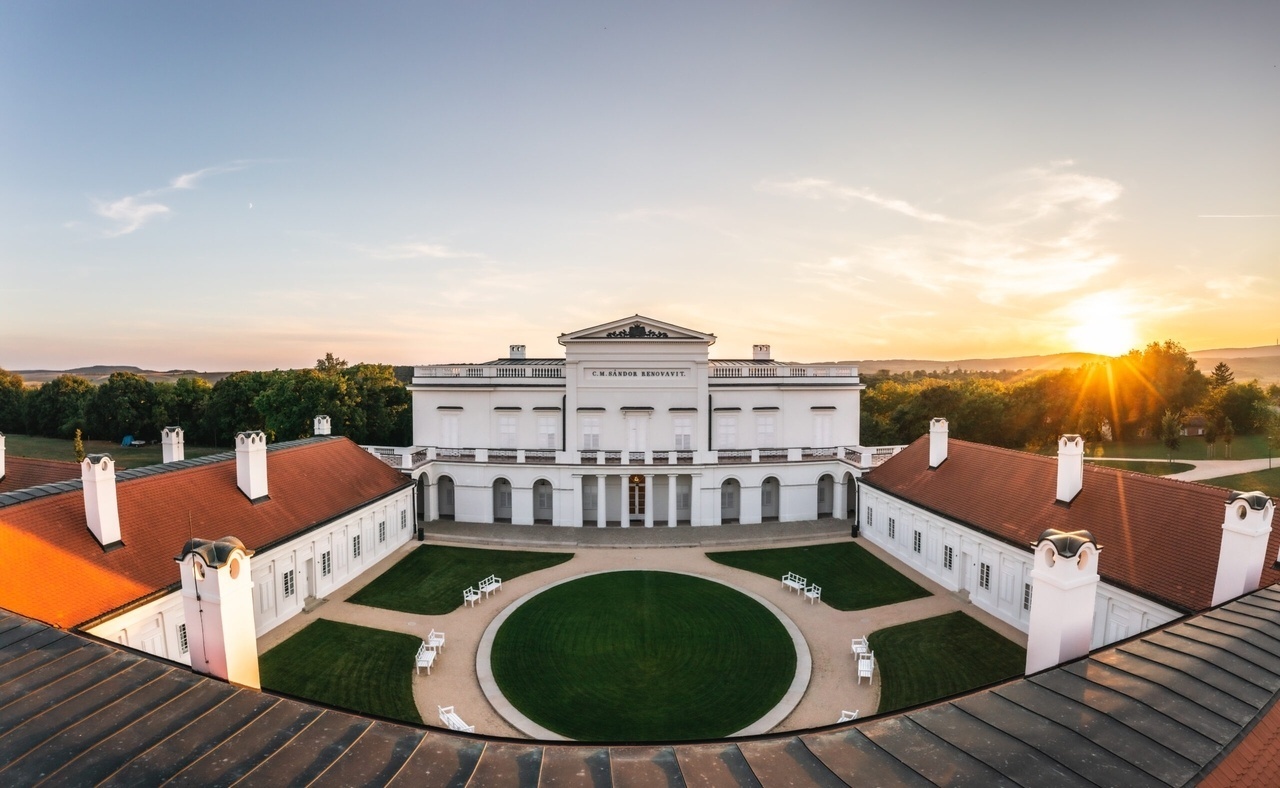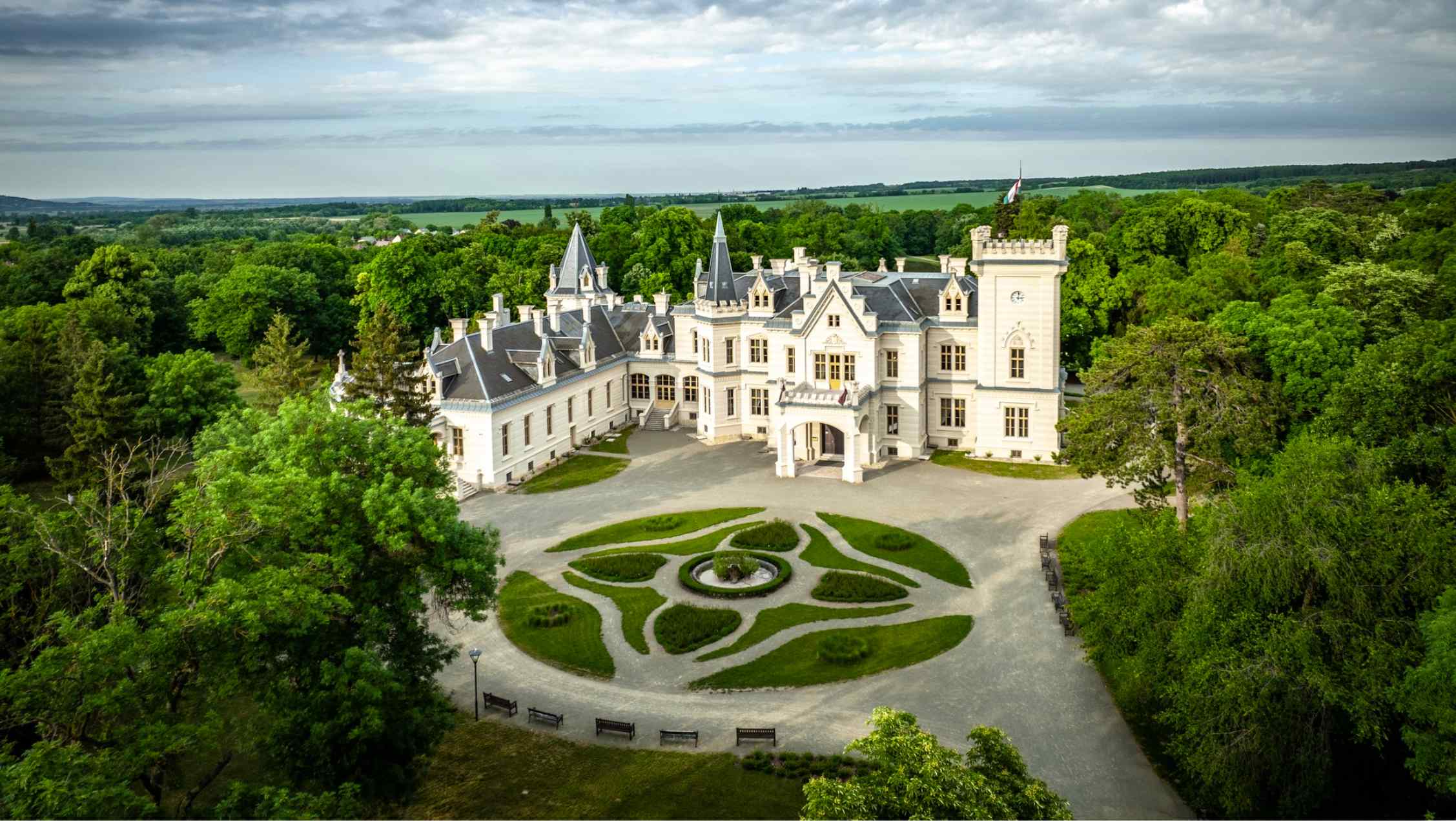4 astonishing Hungarian castles given to companies, municipal councils and at least 20 more will follow

Following the relevant decision of the Hungarian transport and construction minister, János Lázár, four astonishing Hungarian castles were privatised, meaning their ownership was passed to companies and local governments after winning the relevant tender. Lázár said more castles would follow. The scheme aims to find well-capitalised enterprises that will be better owners of the castles than the Hungarian state. The next round of privatisation tender is scheduled to happen in the second half of February and will concern at least 20 state-owned castles.
The state “lost” 4 astonishing Hungarian castles
According to Válasz Online, an independent Hungarian media outlet working with the financial help of their readers, the first round of the Hungarian government’s castle privatisation scheme ended. The Orbán cabinet found new owners for four castles following the decision of János Lázár, the construction and transport minister. He added that another round of privatisation would come in the second half of February.
Based on the current decision, Hungarian gas and oil giant MOL’s New Europe Foundation acquired the Sándor-Metternich Castle of Bajna, while the Nádasdladány castle of the historic Nádasdy family will go to another well-capitalised Hungarian company, the Richter. Interestingly, the remaining two castles were given to local governments.

The Esterházy Castle in Majk will go to the city of Oroszlány, while the Wenckheim Castle in Szabadkígyós will be acquired by Hódmezővásárhely. Hódmezővásárhely’s mayor is Péter Márki-Zay, the prime ministerial candidate of the joint opposition in the 2022 general elections, who suffered an incredible defeat from PM Orbán three years ago. Meanwhile, Oroszlány is led by the Fidesz-backed Károly Takács.
Another round of privatisation to come soon
Lázár added that they called for applications for eight castles in the first round and received 21 bids, which he called “a particularly good result”. However, he did not explain why the other four castles were not donated to any of the applicants.

In March 2023, when Válasz Online first wrote about the Hungarian government’s plans concerning the privatisation of the Hungarian castles, all of that seemed a fantasy. Now, it is a reality. Válasz Online highlighted that some castle buildings were revamped with taxpayers’ HUF billions, but the Hungarian government seems committed to transferring them to companies or wealthy individuals. The reason is that the Orbán cabinet believes the state is an inadequate owner, unable to renovate and operate the castles properly.
Former President Katalin Novák refused to sign the relevant bill multiple times, which resulted in a serious conflict with Lázár. However, Novák resigned following the clemency scandal last February and the Hungarian Parliament approved the scheme months later. The new President, Tamás Sulyok, smoothly signed it. Therefore, the first tender round could begin last autumn.
Recreation option for Richter top executives?
Válasz Online wrote in December 2023, almost a year before the announcement of the first tender, that Nádasdladány will belong to the Richter since some managers were shown around in November in the castles of Nádasdladány, Dég and Tata. The Richter managers chose Nádasdladány after the tour because of its proximity to Budapest. Furthermore, they eyed the Schmidegg wing, awaiting renovation, to be transformed into an elegant retreat or recreational centre for the company’s top executives.

It is a big question whether companies or wealthy individuals can operate such castles. In the 1980s, a similar programme failed, Válasz Online recalled.
Will the poor local governments suffer?
In the first round, two local governments won castles: the Esterházy Castle in Majk was given to the municipal government of Oroszlány, while the Wenckheim Castle in Szabadkígyós to the opposition-lead Hódmezővásárhely. It is questionable whether these local governments can operate those castles and have the financial assets to complete the necessary renovations. Lázár referred to that dilemma in his announcement video, suggesting that from now on, the taxpayers’ of the two cities will have to pay for maintaining, operating, and renewing the buildings.
The Fidesz-backed Oroszlány mayor, Károly Takács, thanked Lázár for the opportunity, while Péter Márki-Zay has not yet commented on the decision.

Válasz Online believes that the two castles going into private ownership will ensure public access. Currently, both castles house excellent historical exhibitions and cafés for visitors; their furnishings consist of museum artefacts on deposit and pieces specifically purchased for this purpose. Accessibility to the castles and their exhibitions was a requirement in the tenders. However, in the long run, it can be difficult to ensure compliance with those commitments, the Hungarian media outlet believes.
Read also:
- This wonderful Hungarian castle will soon be open to the public – PHOTOS and details in THIS article
- One of the world’s most beautiful libraries is in Budapest, and it’s turning 120 – PHOTOS and more HERE






This is how the Viktator’s family and friends became so rich….by stealing assets and money from the Hungarian people.
But they keep voting for them…so maybe they deserve this.